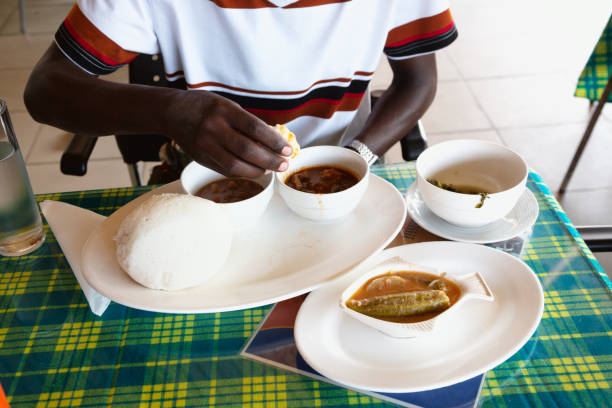Kenyan cuisine reflects the country’s diverse cultural heritage, blending indigenous flavors with influences from various ethnic groups and culinary traditions.
Tapestry of Kenyan Cuisine
-
Traditional Staple Foods:
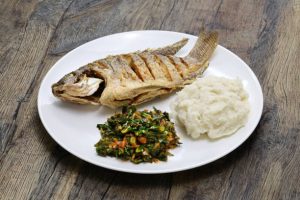 Ugali: A ubiquitous staple in Kenyan cuisine, ugali is a thick maize porridge enjoyed across the country. It serves as a hearty accompaniment to a variety of dishes and is often paired with vegetables, meat, or stew.
Ugali: A ubiquitous staple in Kenyan cuisine, ugali is a thick maize porridge enjoyed across the country. It serves as a hearty accompaniment to a variety of dishes and is often paired with vegetables, meat, or stew.- Sukuma wiki|: Translating to “stretch the week,” sukuma wiki is a popular vegetable dish made from collard greens sautéed with onions, tomatoes, and spices. It is a nutritious and affordable dish enjoyed by many Kenyan families.
-
-
Meat-Based Delicacies:
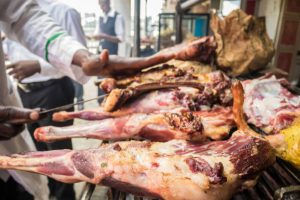 Nyama Choma: A beloved Kenyan delicacy, nyama choma refers to grilled meat, typically goat, beef, or chicken, seasoned with spices and roasted over an open flame. It is often served with a side of kachumbari, a tangy tomato, and onion salad.
Nyama Choma: A beloved Kenyan delicacy, nyama choma refers to grilled meat, typically goat, beef, or chicken, seasoned with spices and roasted over an open flame. It is often served with a side of kachumbari, a tangy tomato, and onion salad.- Mutura: A traditional Kenyan sausage made from minced meat, herbs, and spices, encased in a casing of intestines. Mutura is a flavorful street food delicacy enjoyed by locals and visitors alike.
-
Coastal Cuisine:
-
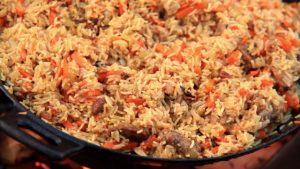
T Pilau: A fragrant rice dish infused with spices such as cinnamon, cardamom, and cloves, pilau is a staple of Swahili cuisine along the Kenyan coast. It is often served with succulent pieces of meat or seafood, creating a harmonious blend of flavors.
- Mahamri: A sweet, deep-fried bread popular along the Kenyan coast, mahamri is often enjoyed as a breakfast or snack. It is made from a dough of flour, coconut milk, sugar, and spices, resulting in a delightful treat with a hint of cardamom.
-
-
Vegetarian Delights:
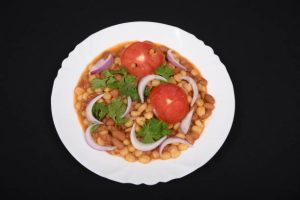 Githeri: A wholesome and nutritious dish, githeri consists of boiled maize and beans, seasoned with onions, tomatoes, and spices. It is a satisfying vegetarian meal enjoyed by many Kenyan households.
Githeri: A wholesome and nutritious dish, githeri consists of boiled maize and beans, seasoned with onions, tomatoes, and spices. It is a satisfying vegetarian meal enjoyed by many Kenyan households.- Matoke: A dish originating from Kenya’s western region, matoke features green bananas cooked with onions, tomatoes, and spices. It is a flavorful and hearty vegetarian option popular among communities in the region.
In summary, the wide range of flavors, textures, and culinary traditions found in Kenyan cuisine are a reflection of the nation’s rich cultural legacy and varied culinary influences. Whether enjoying a bowl of pilau by the ocean or a plate of nyama choma with friends, discovering Kenyan cuisine is a fascinating culinary trip that encourages us to value the flavors and customs that bring communities together and celebrate the joy of shared meals.


